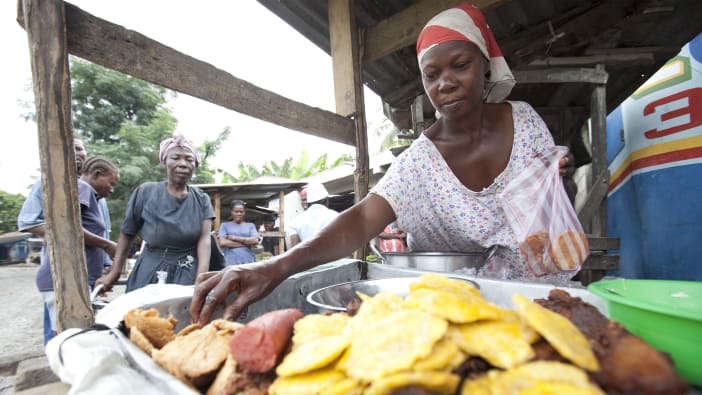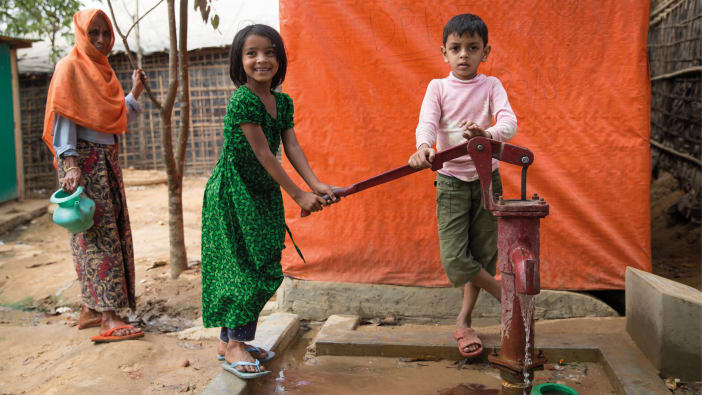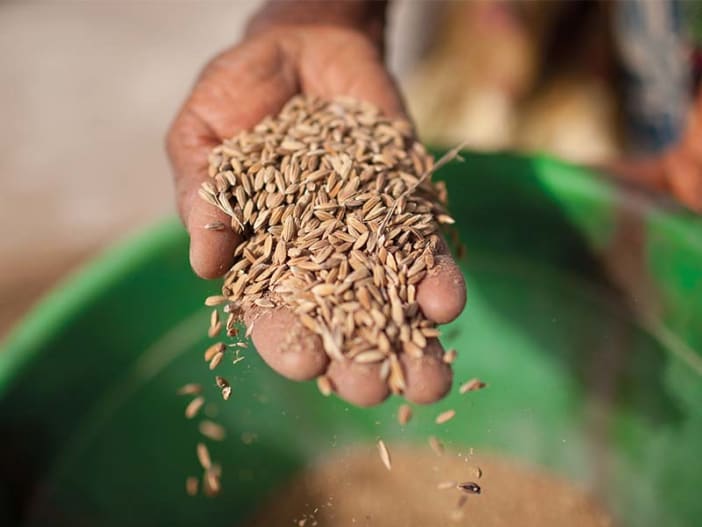A recent report by Professors Hulme and Mosley studied the work of 13 microcredit institutions in seven different countries who provide small amounts of credit to help micro enterprise. Their findings are very clear and are likely to have a large influence on groups who provide credit in the future. They make three important conclusions:
1. Institutions with effective loan programmes include the Bangladeshi Grameen Bank, Bolivia BancoSol, and Bank Rakyat Indonesia. These institutions have good success rates, with most clients able to repay their loans and build up their micro-enterprises. They have a number of features, including:
- Higher interest rates, which prevent the poorest from taking out loans.
- They usually have savings schemes which provide people with a safety net (their savings) if they suffer problems.
- They have branches near where borrowers live, making it easy for people to repay loans regularly.
- They collect installments regularly.
2. Credit is most likely to increase the income of households who are above or on the poverty line – in other words, not the very poor (below the poverty line). The research indicates that borrowers who are on or above the poverty line are most likely to take risks and invest in new equipment, labour, or technology.
3. For the very poor, microcredit loans often do not help people improve their income. Very poor borrowers are unable to take such risks. Indeed, sometimes they use up the loans on immediate family needs and may end up even more in debt than when they received the loan. Loans may not provide the answers to all problems, and sometimes they can make the problems worse, especially if people have no safety net of savings or experience.
These findings are not encouraging for people trying to rise above the poverty line, and who may find it even harder to obtain credit in the future as a result of this research. However, there are still positive steps to take. Recent visits by the Editor to rural people’s groups in Uganda and Ghana have shown that active groups, with members who meet regularly and often work together, can run very successful simple credit schemes with no outside help. Members agree to contribute a small amount of money each week and take it in turns to benefit as one member takes all the money for that week. Most use the money for clothes, school fees, or small income-generating activities. Groups need to be well established so that members trust each other to make regular contributions.
Finance Against Poverty by David Hulme and Paul Mosley was published by Routledge, London in 1996. The summary of the book’s findings was taken from Focus No 5 published by CGAP, 1818 H Street NW, Room G4115, Washington DC 20433, USA.









